Best foot forward: 3 brands leading the charge in sustainable footwear
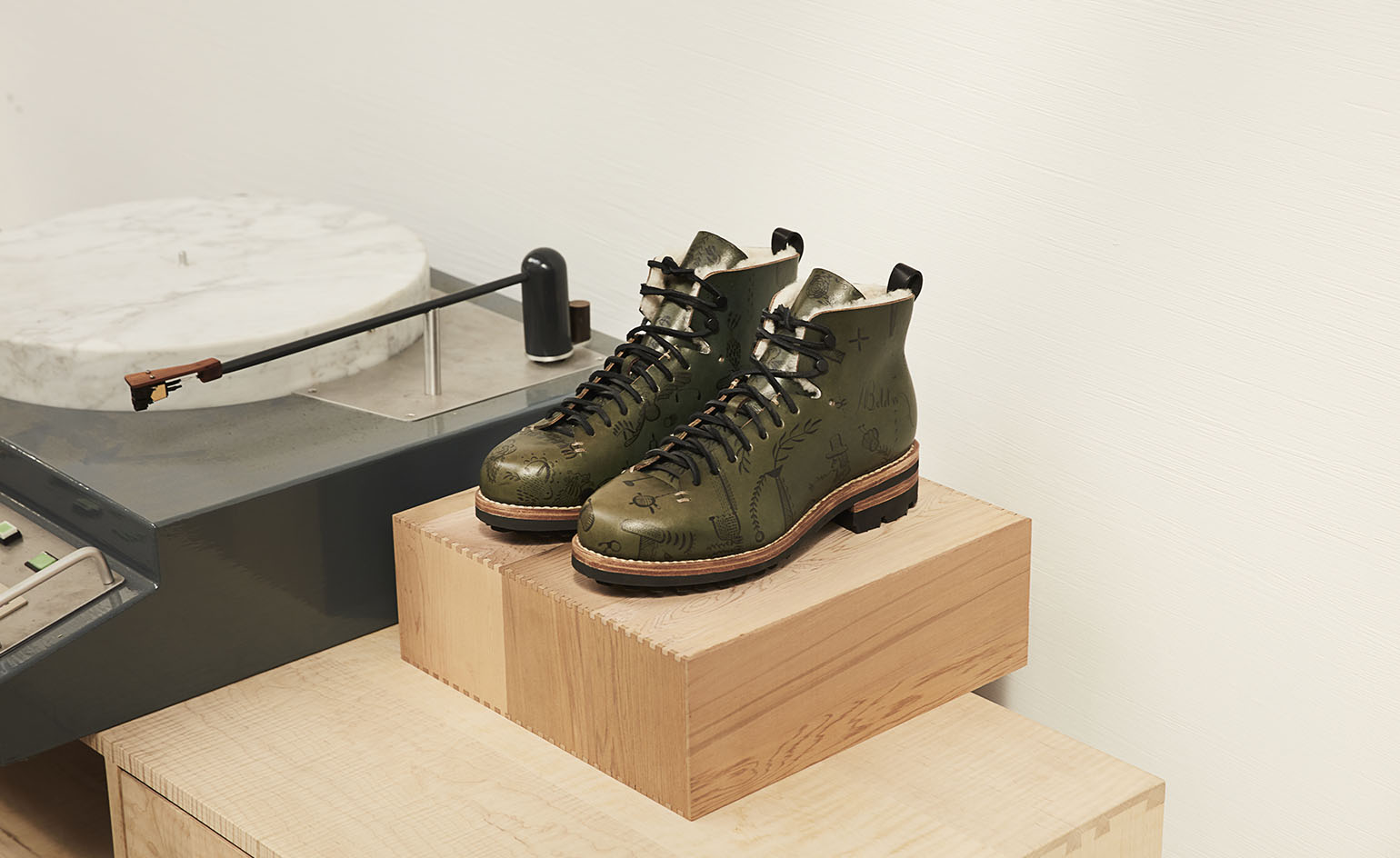
Although eco-conscious clothing has become more visible – and an ethical focus for bigger brands almost expected – in recent years, sustainably geared footwear is still on the ascent. Three boutique labels with widely differing aesthetics – Good Guys, Veja and Feit – are the latest to lead the charge. From fairtrade sourcing to getting creative with new materials and producing in small, controlled quantities, the carefully considered practices wielded by this trio will inspire others to take up the cause.
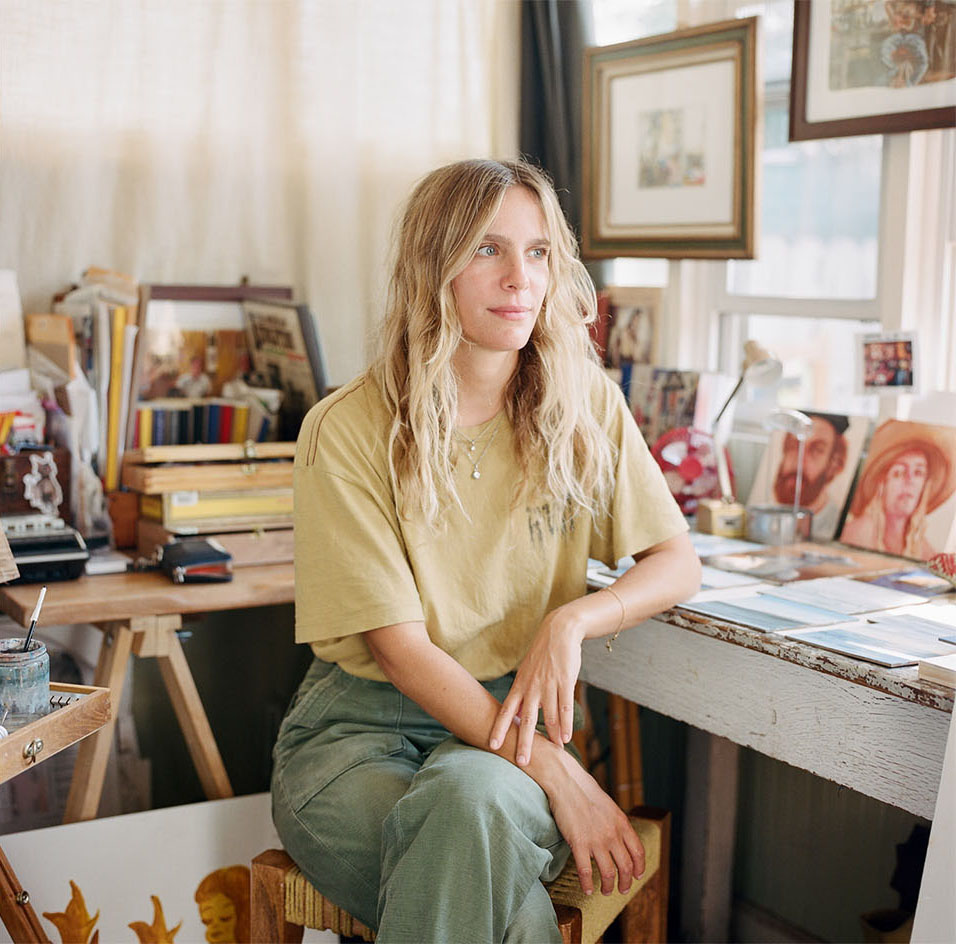
Good Guys founder Marion Hanania
Good Guys
In 2010, designer Marion Hanania created Good Guys, a vegan shoe label that manufactures its wares out of canvas, natural rubber and microfibres that mimics leather and suede. Hanania, who was then working with other French brands as a freelance designer, travelled frequently to China and witnessed the impact that animal husbandry, overproduction and overconsumption in the footwear industry had on the environment first hand. ‘I couldn’t stand the way the shoe industry was going,’ she says. ‘I decided that I could create a company that will match my ethics and taste, and that will only produce shoes that you really need without following the insane pace of the fashion seasons.’
Now designed in Los Angeles and made in Portugal, Good Guys’ collections are filled with versatile, understated styles that blend in with modern, everyday life. From high top sneakers to western-style boots and androgynous sandals, the shoes are made in factories focused on impacting the environment as little as possible. ‘My shoes aren’t made of plastic. Vegan does not mean cheap or ugly. We are more eco-friendly by nature as we don’t use animal products and so we are drastically reducing our water consumption, just as being vegetarian or vegan does.'
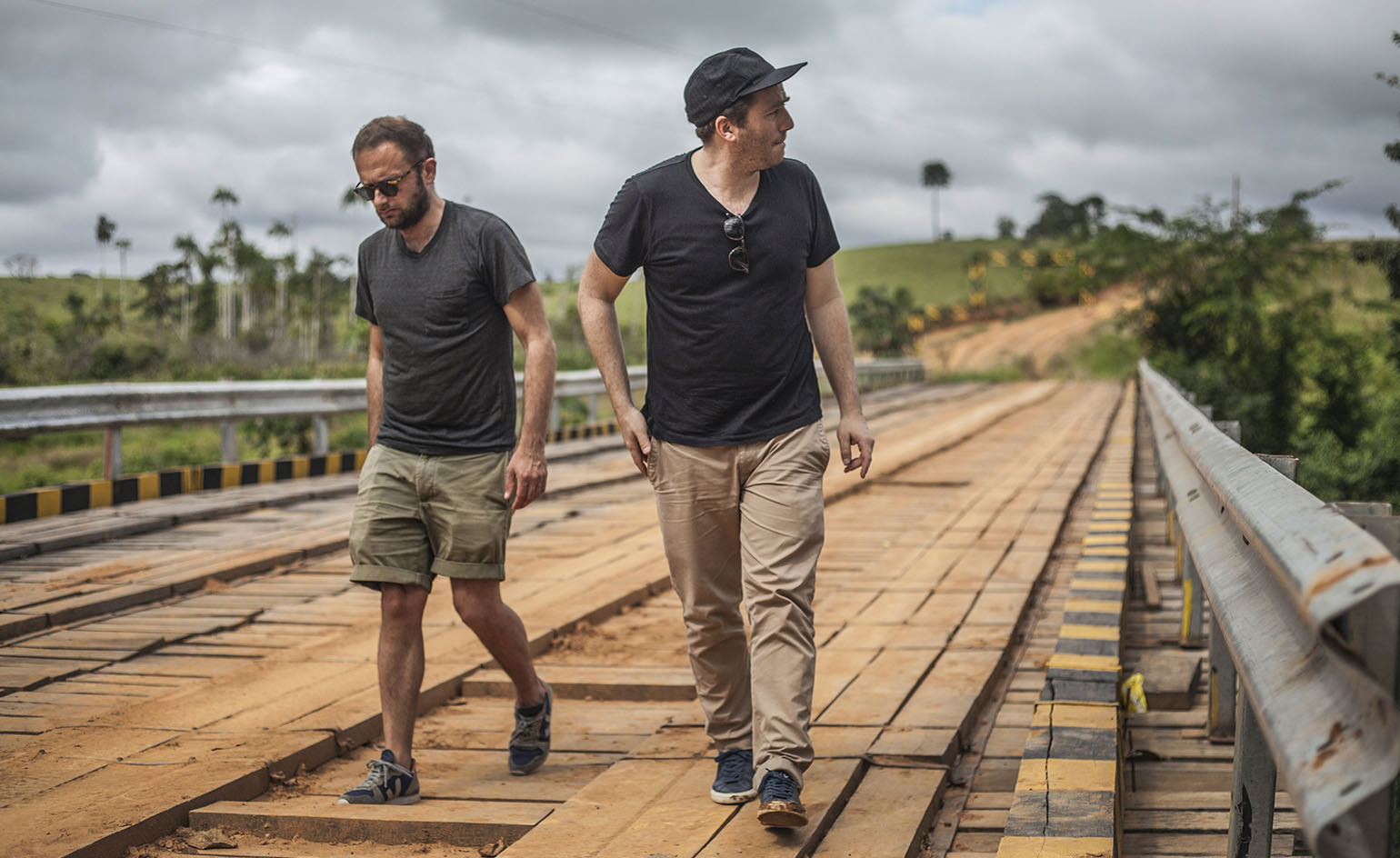
Veja founders Sébastien Kopp and François-Ghislain Morillion
Veja
With its pared back yet retro appeal, Veja’s all-rounded sneakers are a fixture among style mavens and minimalists alike. The brand’s sustainable message makes this all the better. Whether it’s sourcing fairtrade, organic cotton for plimsolls or using low-impact materials like silk, or innovative fabrics such as B-mesh (made from recycled plastic bottles), Veja’s commitment to the environment is unwavering, 13 years in.
‘The beginning of Veja was to change every step of the production chain, from the raw materials to the stores,’ recall founders Sébastien Kopp and François-Ghislain Morillion. ‘For example, we started work in 2005 with a social rehabilitation NGO to take care of all the logistics for Veja. [It first occupied] a small mezzanine and now this NGO is our warehouse and ships Veja sneakers all over the world. Eighty people are working there.’
The French label’s latest release is a collaborative collection with the revered taxidermy institution Deyrolle. Prompted by a remark from Deyrolle’s CEO, Prince Louis Albert de Broglie – a fan of the brand – the joint effort brings together classic French aesthetics with an exciting, ecological future. Today, Veja also announced the launch of a new website, which two years in the making, shows the contracts of its organic cotton and amazonian rubber producers, and the transparency of its supply chain, with details including the wages of its factory workers, social audits and the chemical tests which the trainers undergo.
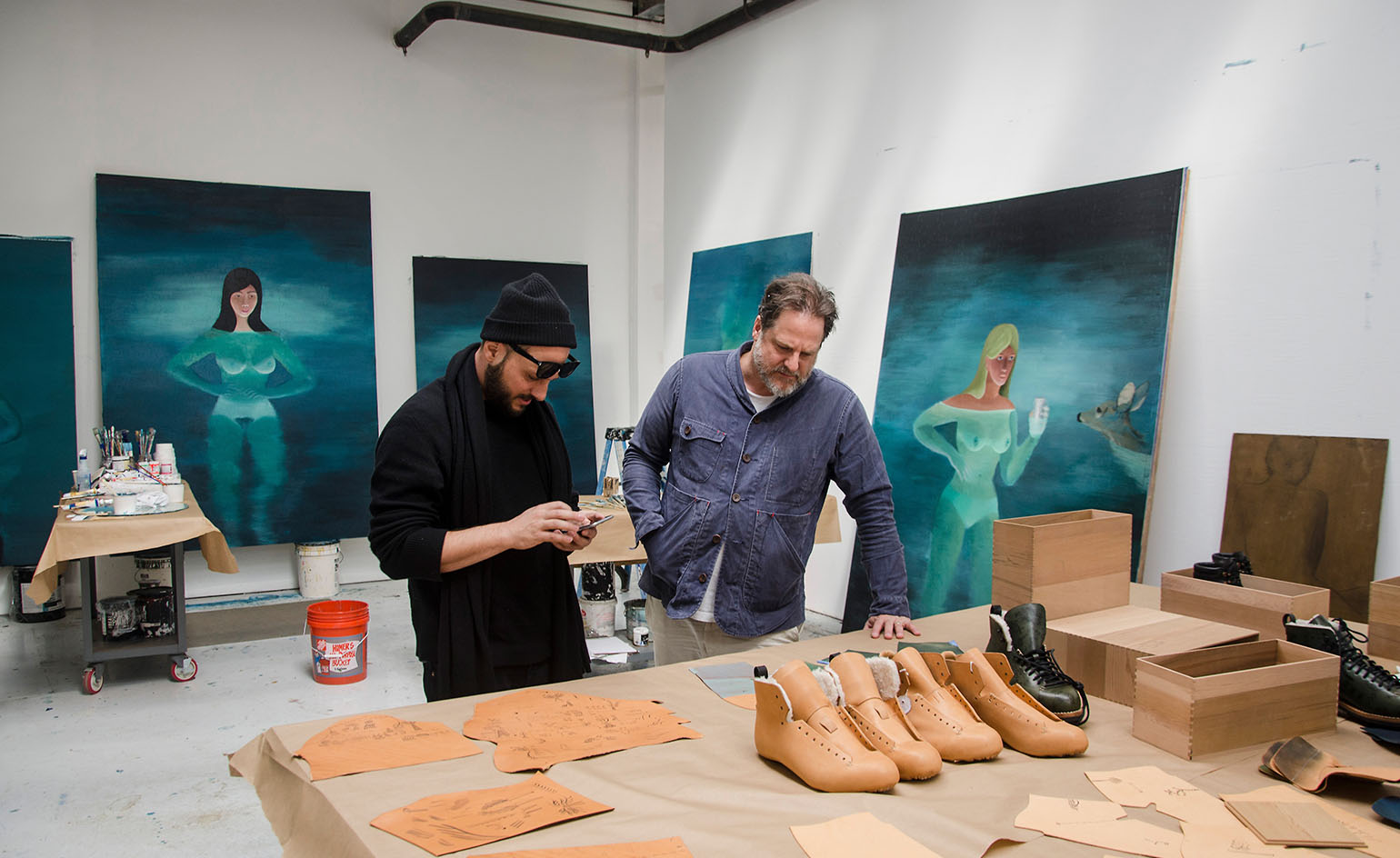
Feit’s Tull Price and and BDDW’s Tyler Hays
Feit for BDDW
Easily recognised by their uncompromising and beautifully raw construction, Feit shoes exhibit the kind of luxurious, well-made austerity that has product design fans yearning for more. Designed in New York by Tull Price, a footwear industry veteran, the label consciously eschews excess consumerism, production and volume, and prides itself on its quality, sustainability and integrity.
Price says, ‘What I believe after 20 years in this industry is products made by hand with high quality, natural materials in small numbers, that age and can be repaired is the most sustainable, low-impact method of production. This surpasses mass production with synthetics, which leads to landfill.’
In an especially enlightened meeting of minds, Feit has teamed up with the furniture maker BDDW on a limited-edition collection of hand-painted designs. Highly crafted using fine illustration, hand dyed and hand sewn techniques, the 40 one-of-a-kind lined and unlined hiking boots are at the pinnacle of both brand’s design practices and make the perfect women’s winter boots.
Tull explains: ‘Both BDDW and Feit have a very high degree of craft, using handmade techniques within our processes. [We both] use handmade with an elevated, refined design sense, quality in rich, natural materials and the function in design is a focus for both. Additionally, [we both] share a design sensibility to create single objects, i.e. nothing in large volumes or with a lot of repetition. Each product is unique.’
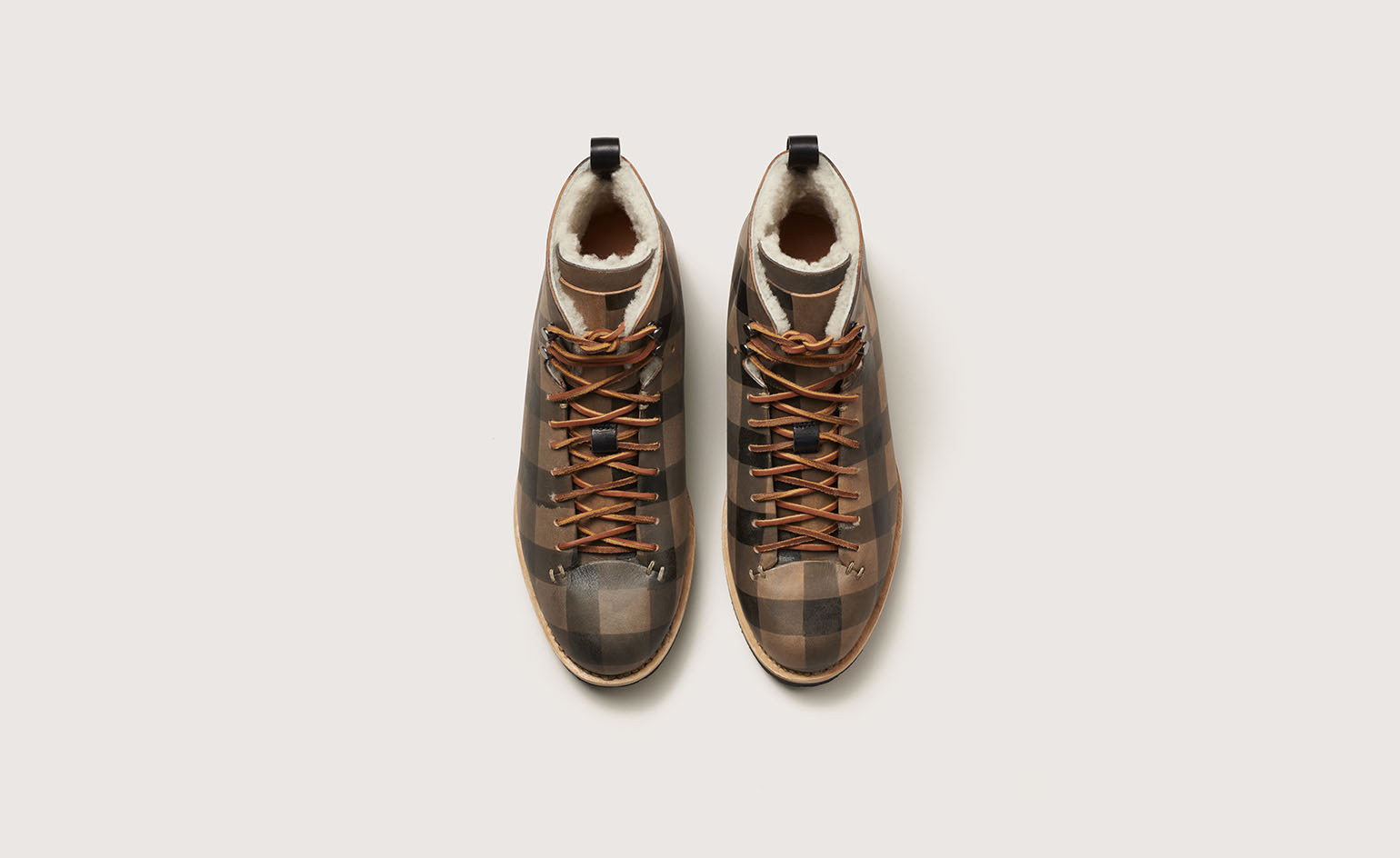
Hiking boot, by Feit for BDDW
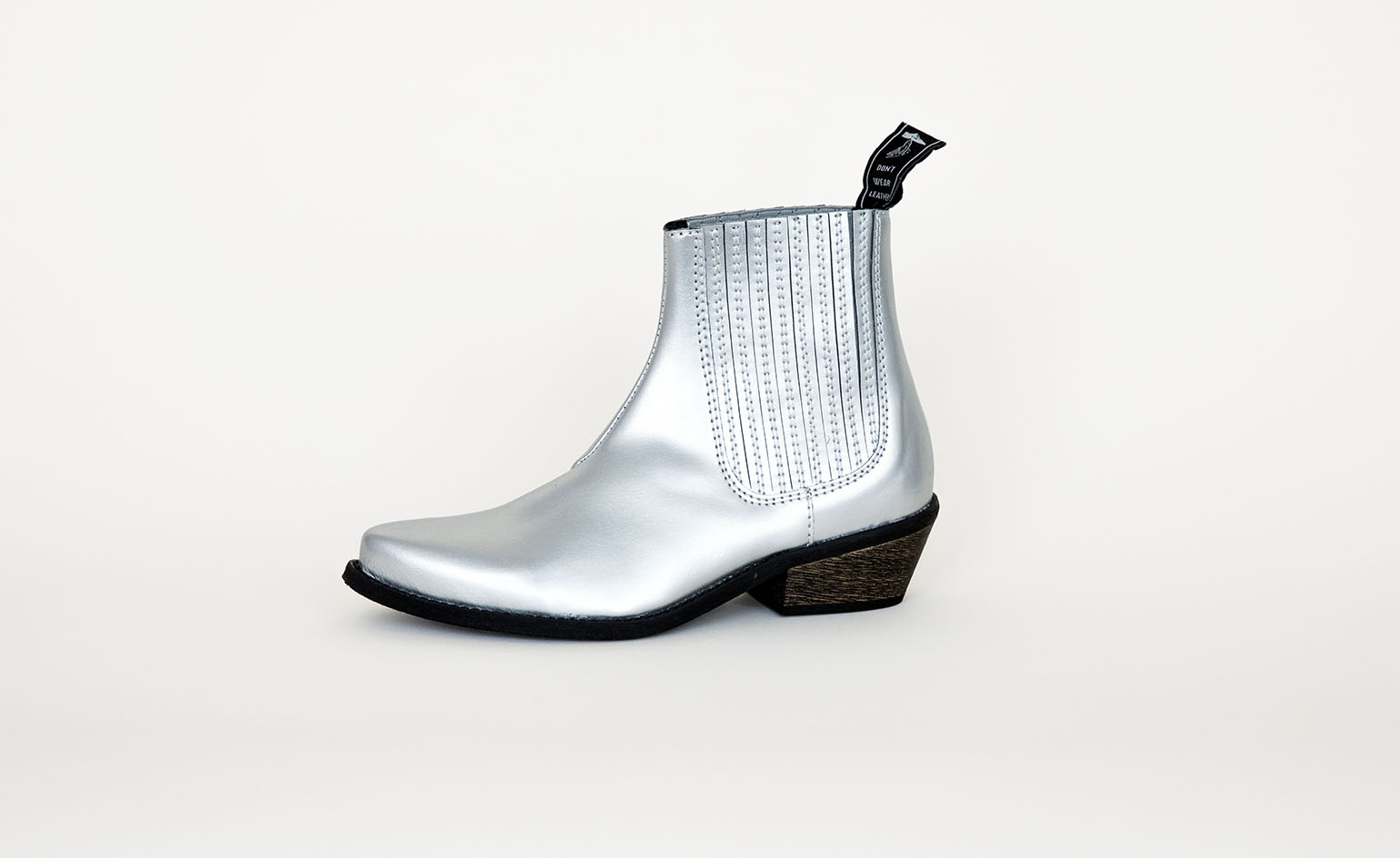
Duke boot, by Good Guys

Dolly mule, by Good Guys
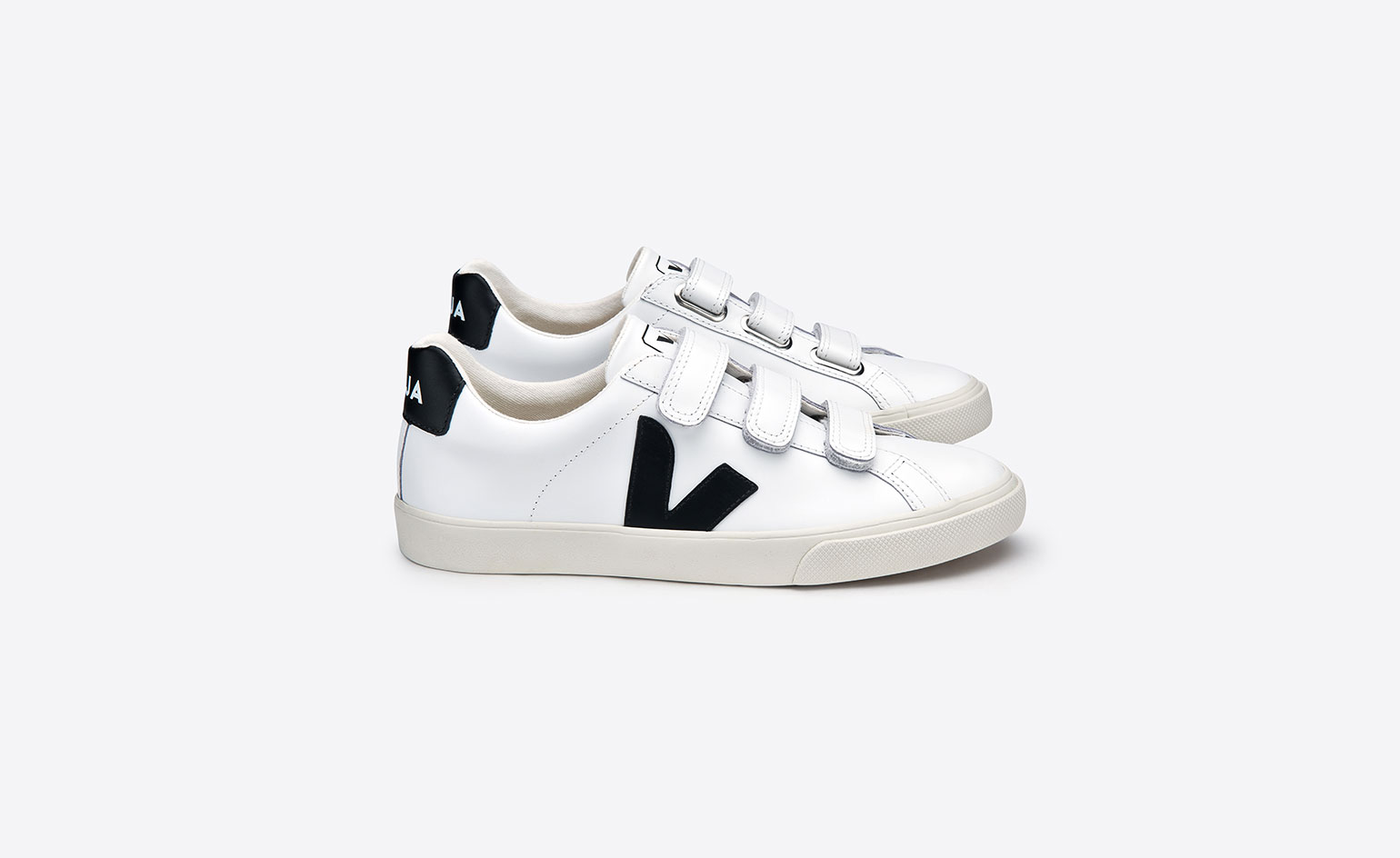
V-Lock trainer, by Veja
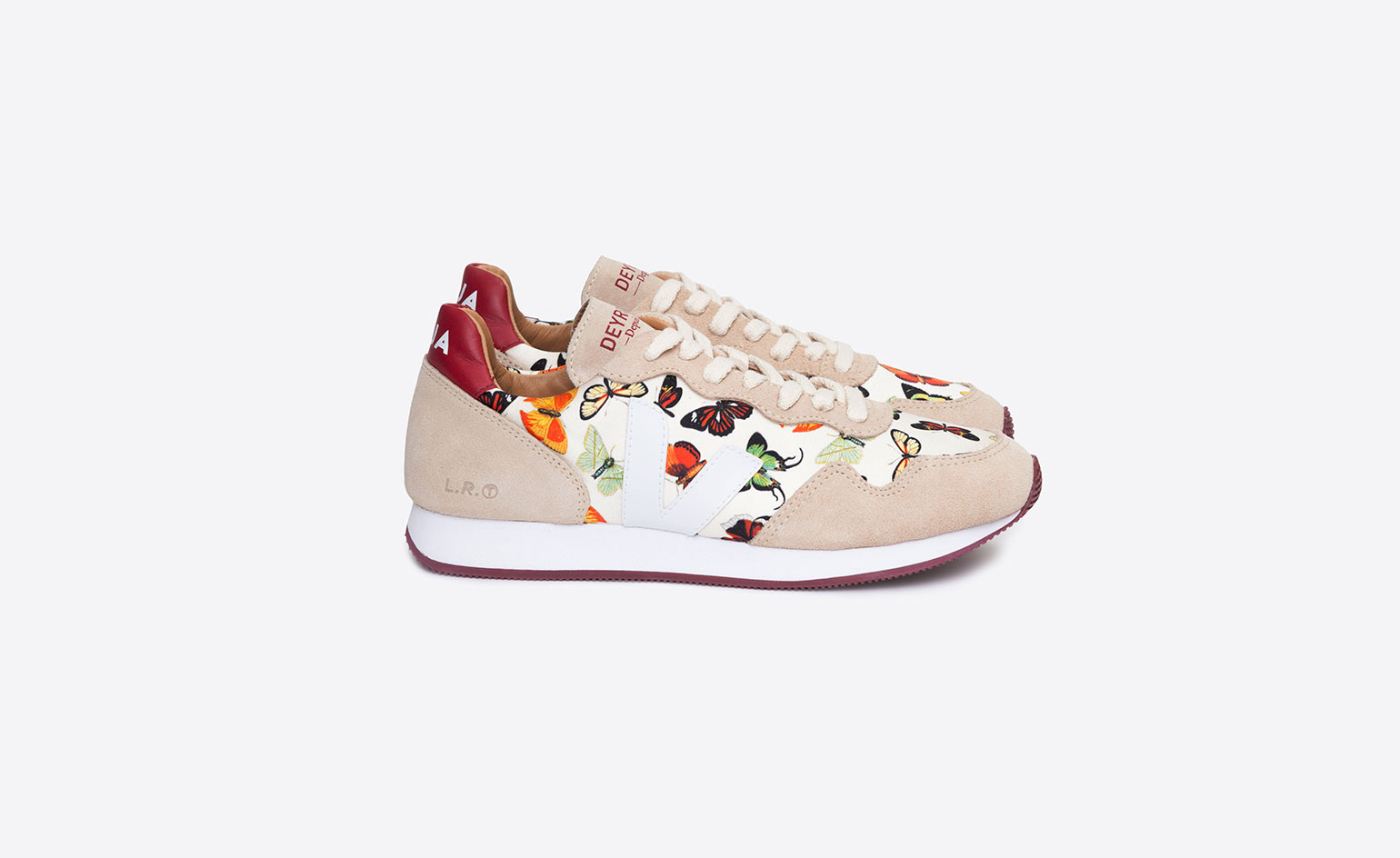
Trainer, by Veja x Deyrolle
INFORMATION
For more information, visit the Feit website, the Good Guys website, the Veja website
Receive our daily digest of inspiration, escapism and design stories from around the world direct to your inbox.
Pei-Ru Keh is a former US Editor at Wallpaper*. Born and raised in Singapore, she has been a New Yorker since 2013. Pei-Ru held various titles at Wallpaper* between 2007 and 2023. She reports on design, tech, art, architecture, fashion, beauty and lifestyle happenings in the United States, both in print and digitally. Pei-Ru took a key role in championing diversity and representation within Wallpaper's content pillars, actively seeking out stories that reflect a wide range of perspectives. She lives in Brooklyn with her husband and two children, and is currently learning how to drive.
-
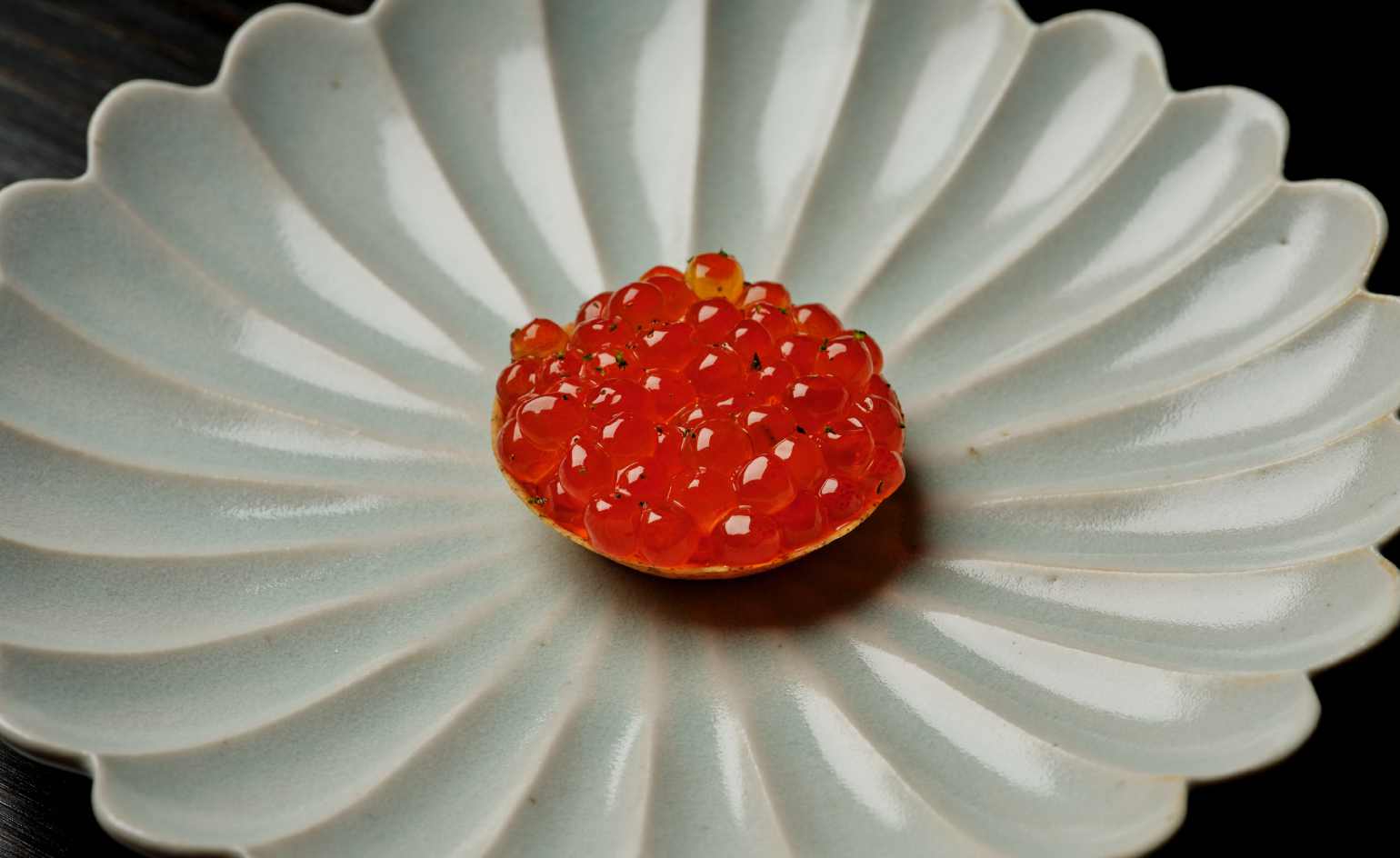 This cult Los Angeles pop-up restaurant now has a permanent address
This cult Los Angeles pop-up restaurant now has a permanent addressChef Brian Baik’s Corridor 109 makes its permanent debut in Melrose Hill. No surprise, it's now one of the hardest tables in town to book
-
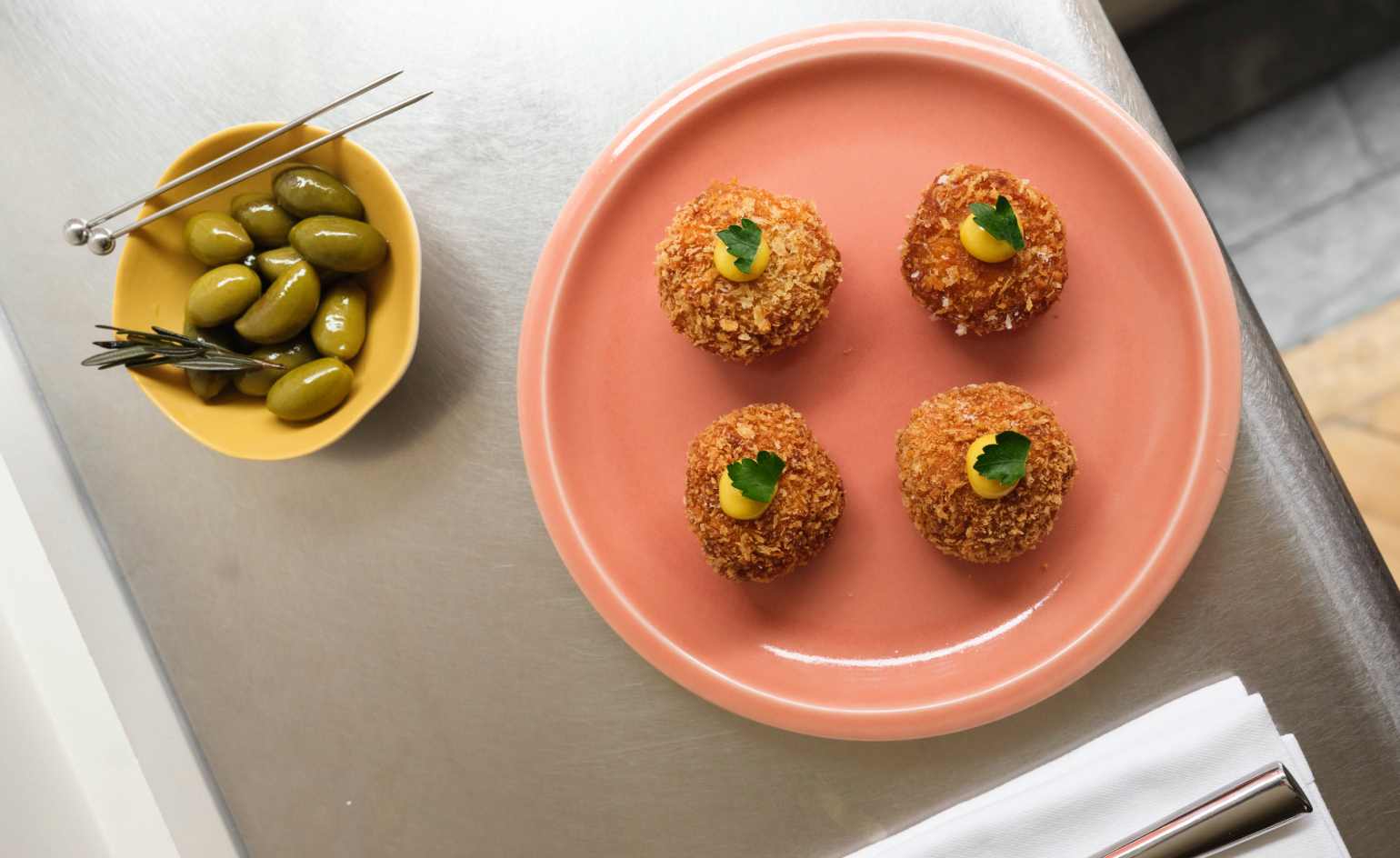 French bistro restaurant Maset channels the ease of the Mediterranean in London
French bistro restaurant Maset channels the ease of the Mediterranean in LondonThis Marylebone restaurant is shaped by the coastal flavours, materials and rhythms of southern France
-
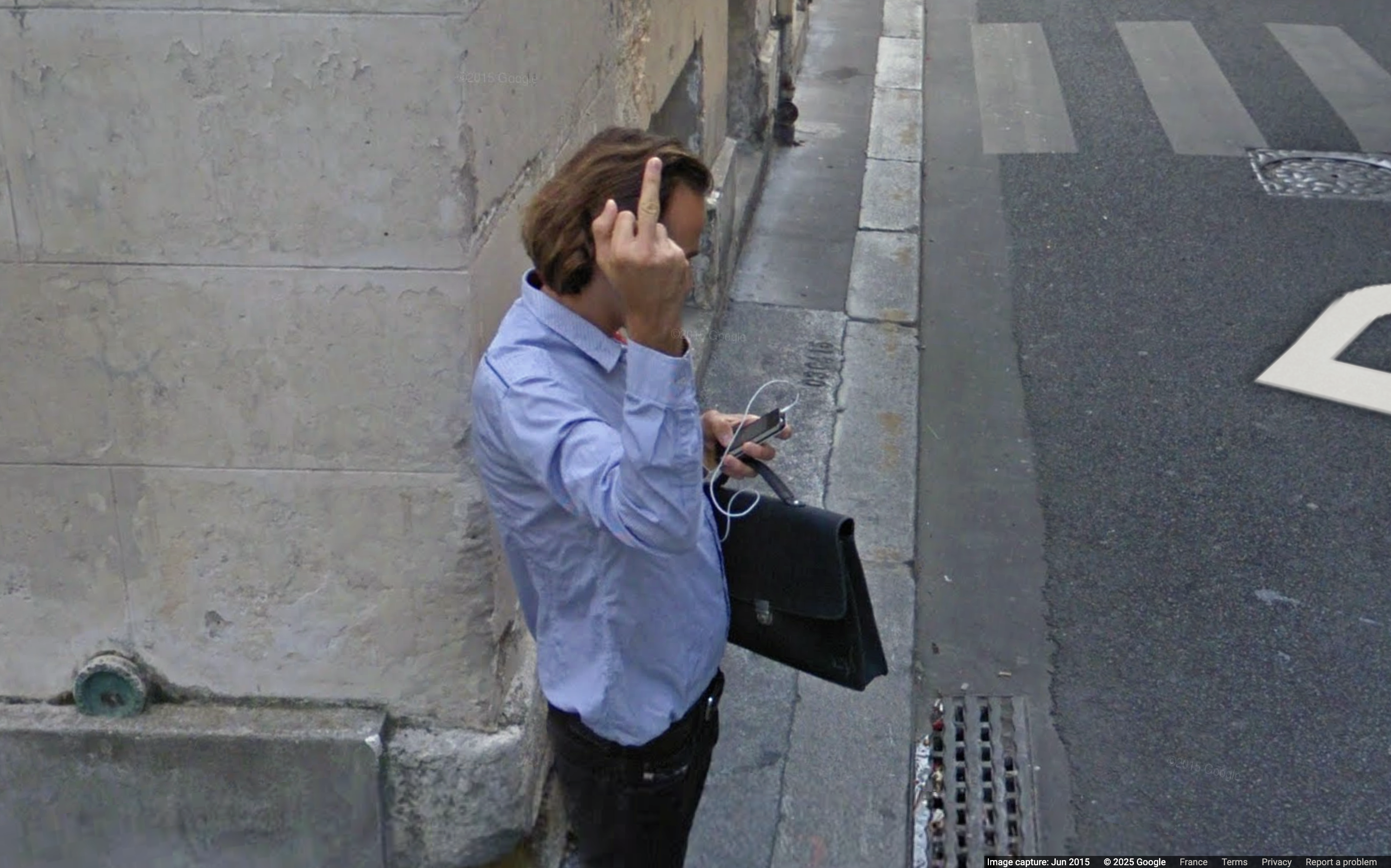 How ethical is Google Street View, asks Jon Rafman in Copenhagen
How ethical is Google Street View, asks Jon Rafman in CopenhagenIn 'Report a Concern - the Nine Eyes Archives' at Louisiana Museum of Art, Copenhagen, Jon Rafman considers technology's existential implications
-
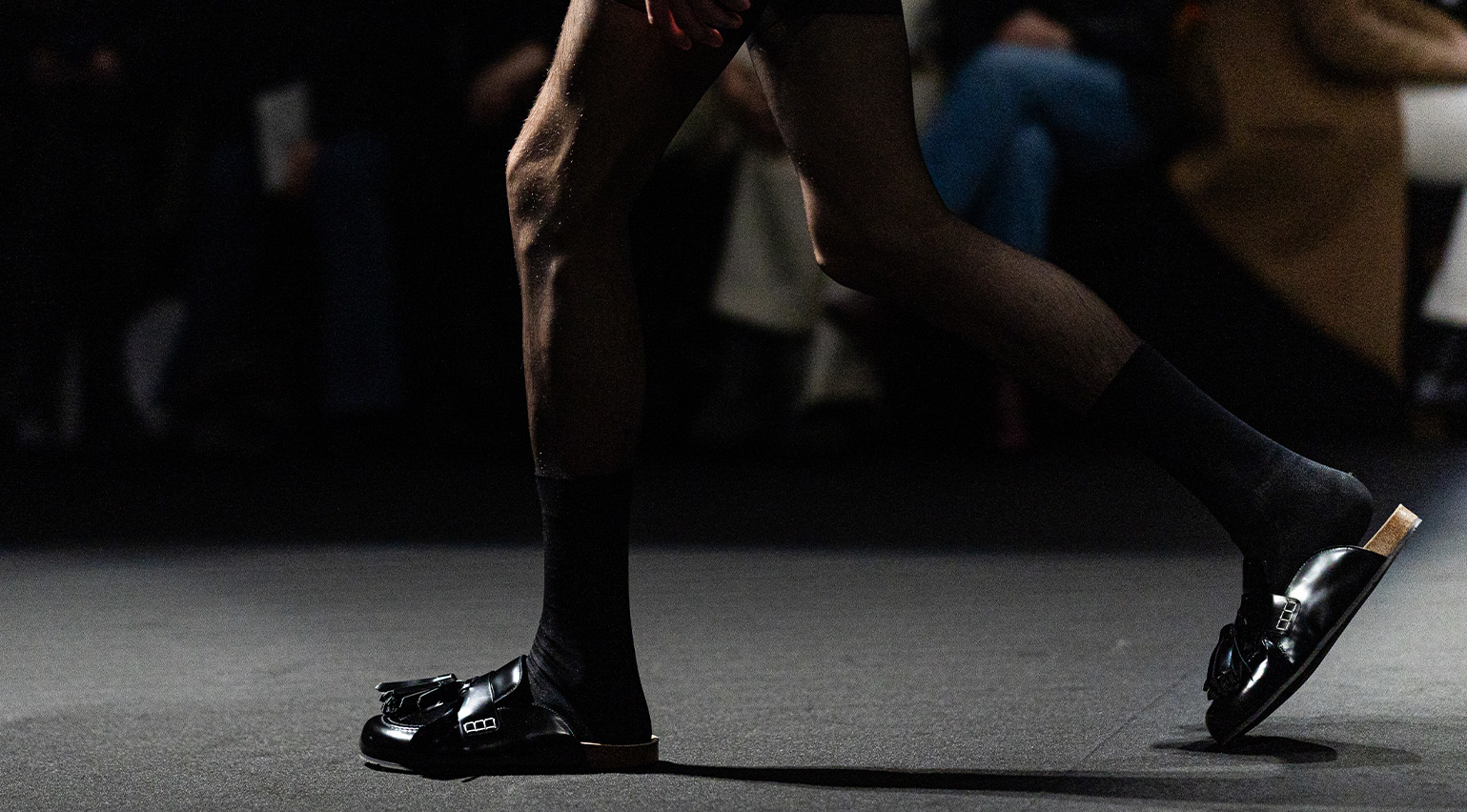 Why the slipper is set to be this season’s definitive men’s shoe
Why the slipper is set to be this season’s definitive men’s shoeWallpaper* fashion features editor Jack Moss unpacks the rise of the men’s slipper, which looks set to become this season’s most ubiquitous shoe. Plus, five styles to channel the slipper’s louche elegance in your own wardrobe
-
 ‘There are no shortcuts’: Ten years of Hereu, the cult Spanish shoe brand where craft is front and centre
‘There are no shortcuts’: Ten years of Hereu, the cult Spanish shoe brand where craft is front and centreDal Chodha visits Barcelona-based shoe and accessory brand Hereu as it reaches a milestone decade in business
-
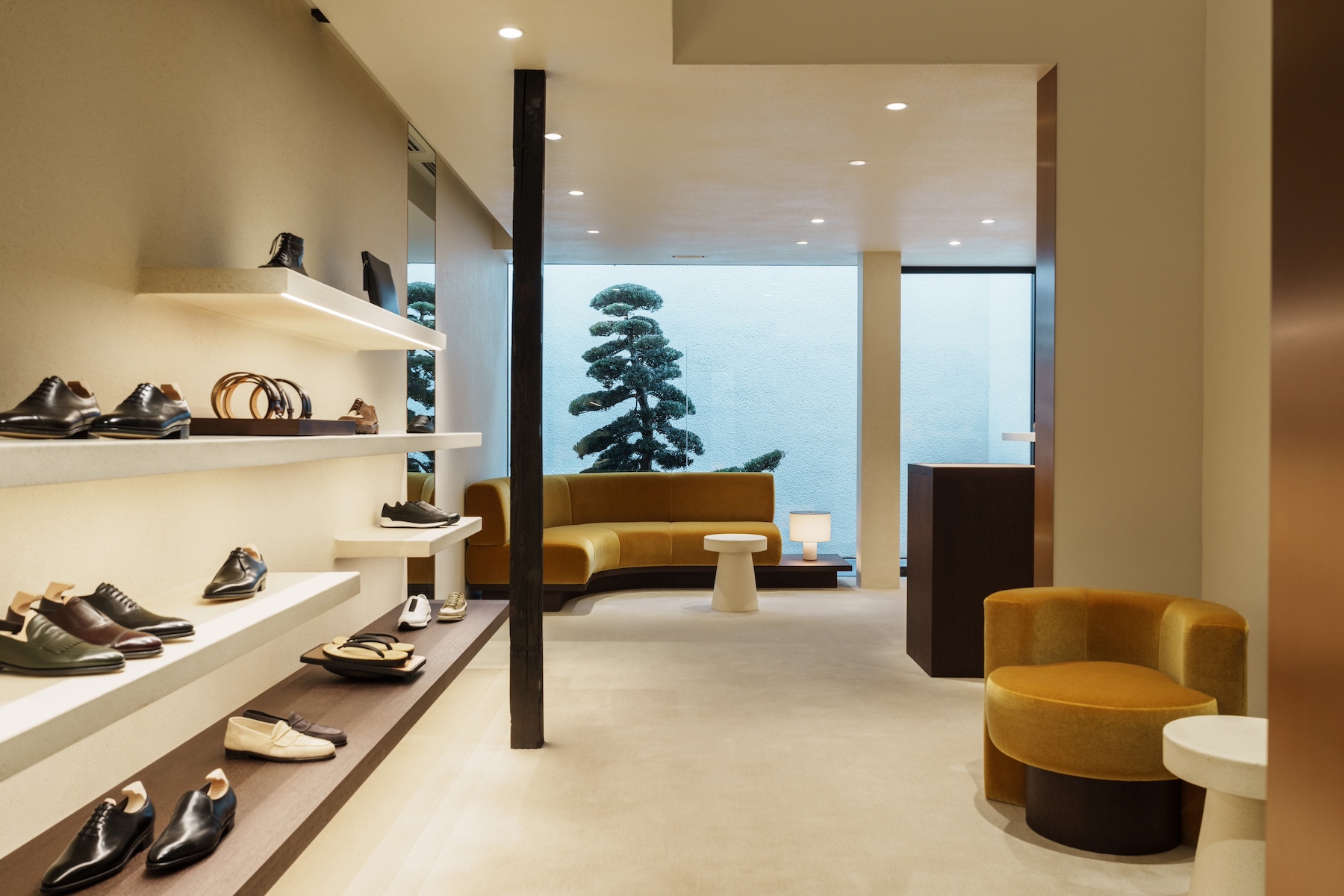 Inside John Lobb’s sumptuous new Kyoto store, housed in a traditional wooden ‘machiya’
Inside John Lobb’s sumptuous new Kyoto store, housed in a traditional wooden ‘machiya’John Lobb’s inviting new Teruhiro Yanagihara-designed Kyoto store is introduced with a series of images starring lauded Japanese director Hirokazu Kore-eda
-
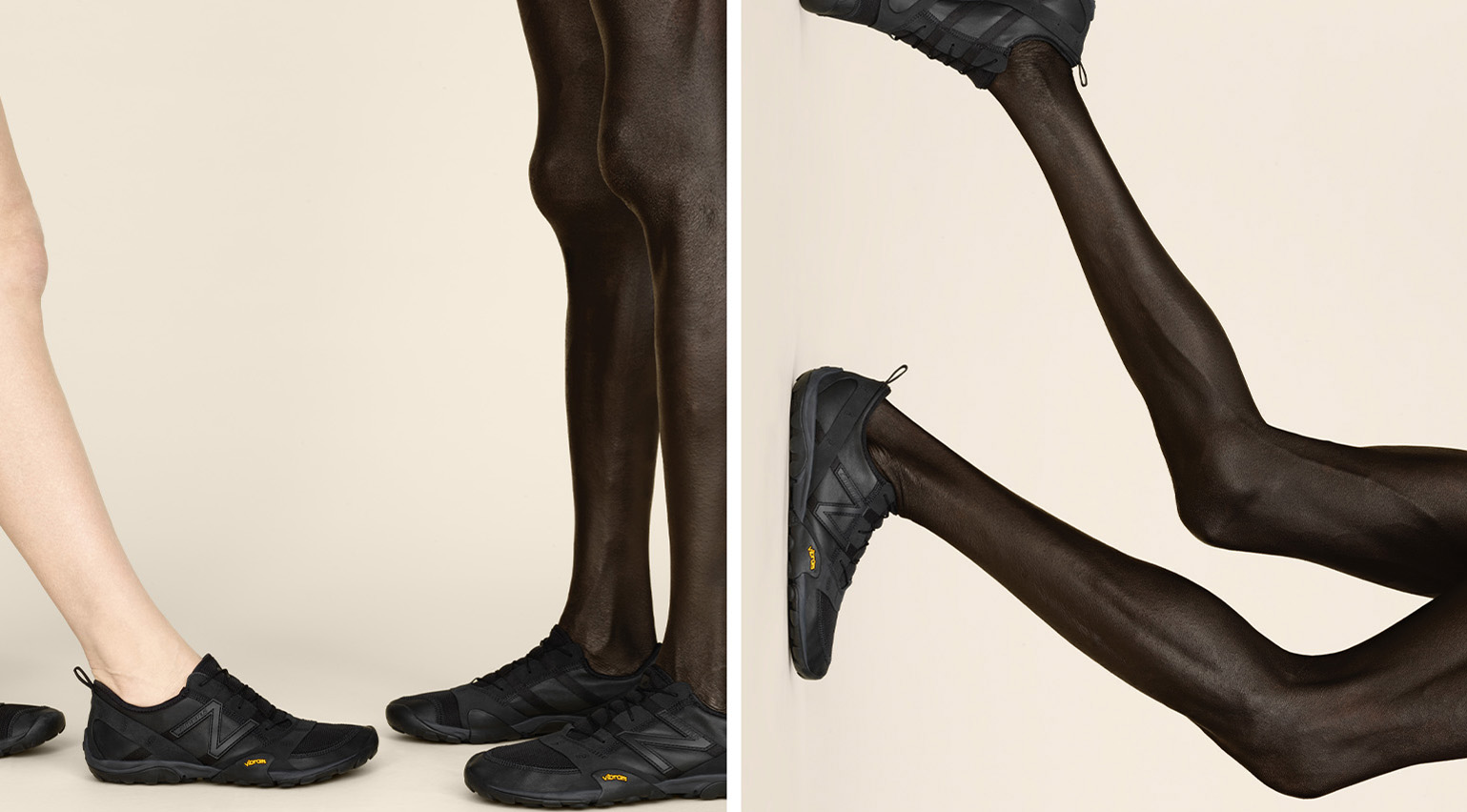 ‘Sensuous physicality’: Issey Miyake reveals barefoot sneaker collaboration with New Balance
‘Sensuous physicality’: Issey Miyake reveals barefoot sneaker collaboration with New BalanceThe Issey Miyake x New Balance MT10O is based on minimalist running sneakers from the 2010s, designed to replicate the feeling of running barefoot
-
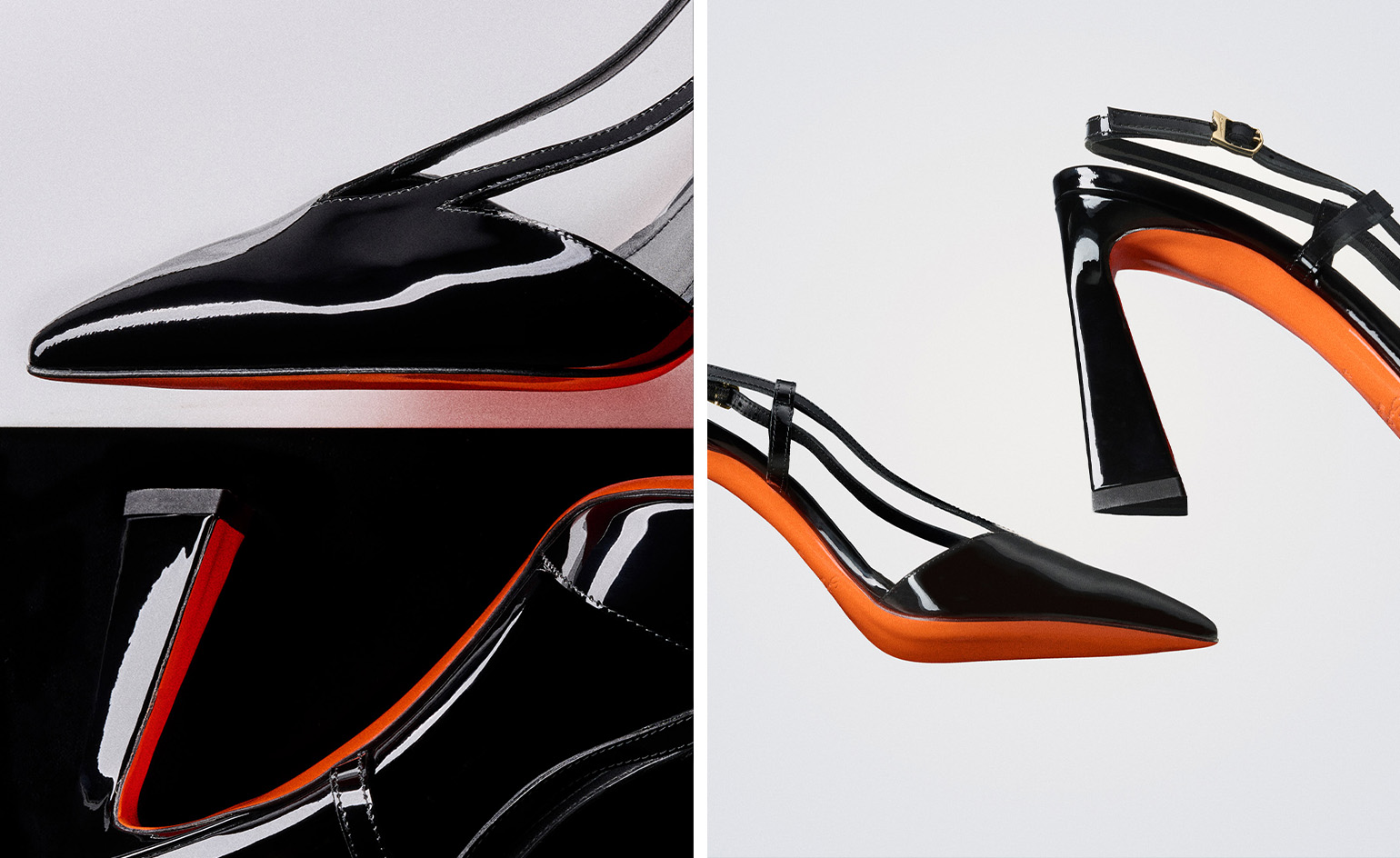 These gravity-defying Santoni heels are a sculptural wonder
These gravity-defying Santoni heels are a sculptural wonderA closer look at Santoni’s Victoria pumps, which are defined by the architectural rigour of their gently slanted heels – an ode to the heritage footwear brand’s roots in Le Marche, Italy
-
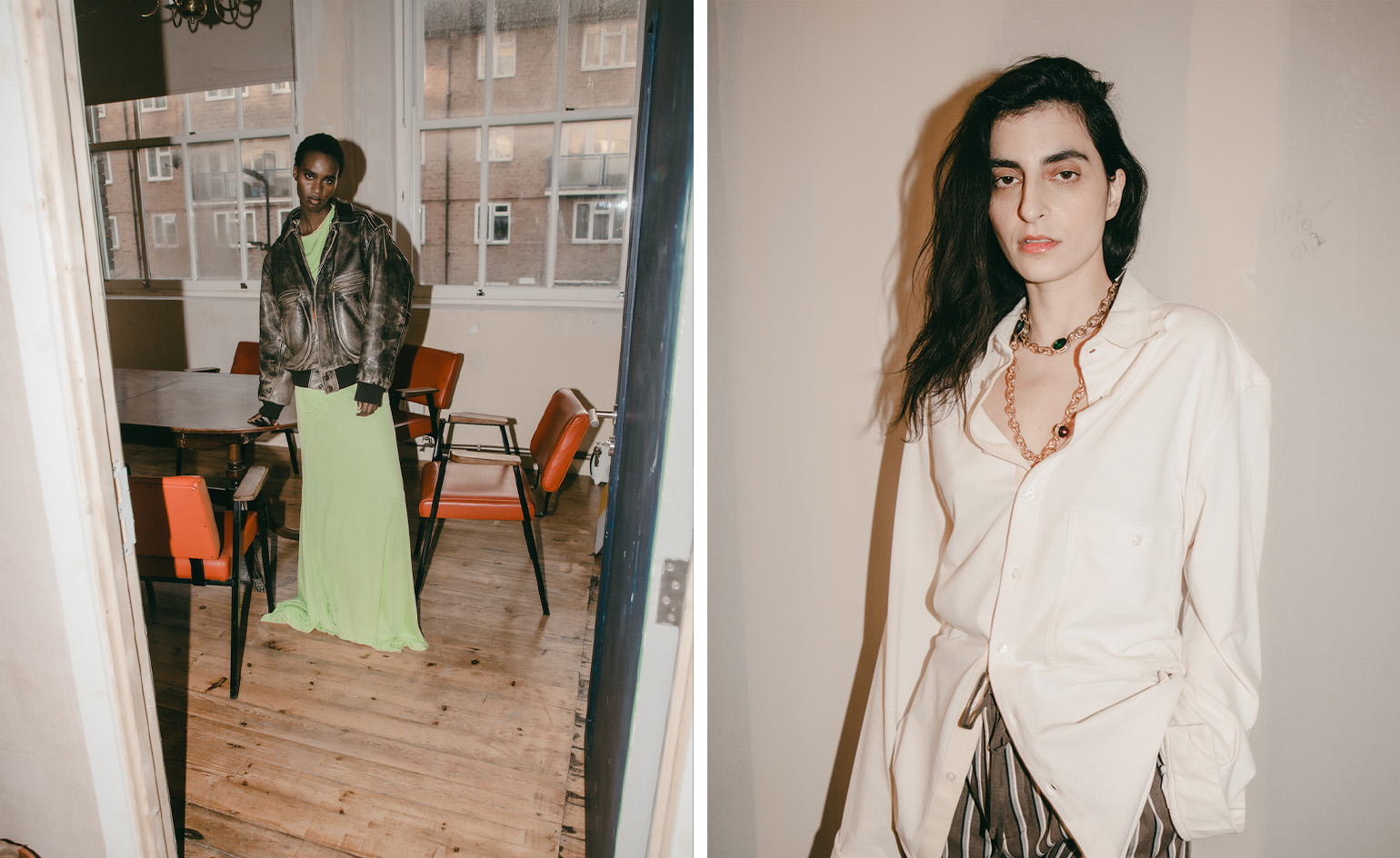 Cult 1960s boutique Granny Takes A Trip gets a sustainable reboot
Cult 1960s boutique Granny Takes A Trip gets a sustainable rebootFounded on King’s Road in 1966, ‘radically creative’ fashion store Granny Takes A Trip is being reimagined for a new generation. Dal Chodha takes a closer look
-
 John Lobb’s ‘Cannon’ sneakers are an exercise in minimal design
John Lobb’s ‘Cannon’ sneakers are an exercise in minimal designJohn Lobb’s sleek ‘Cannon’ sneakers continue the British heritage shoemaker’s foray into sportier terrain – crafted with all the precision of its classic styles
-
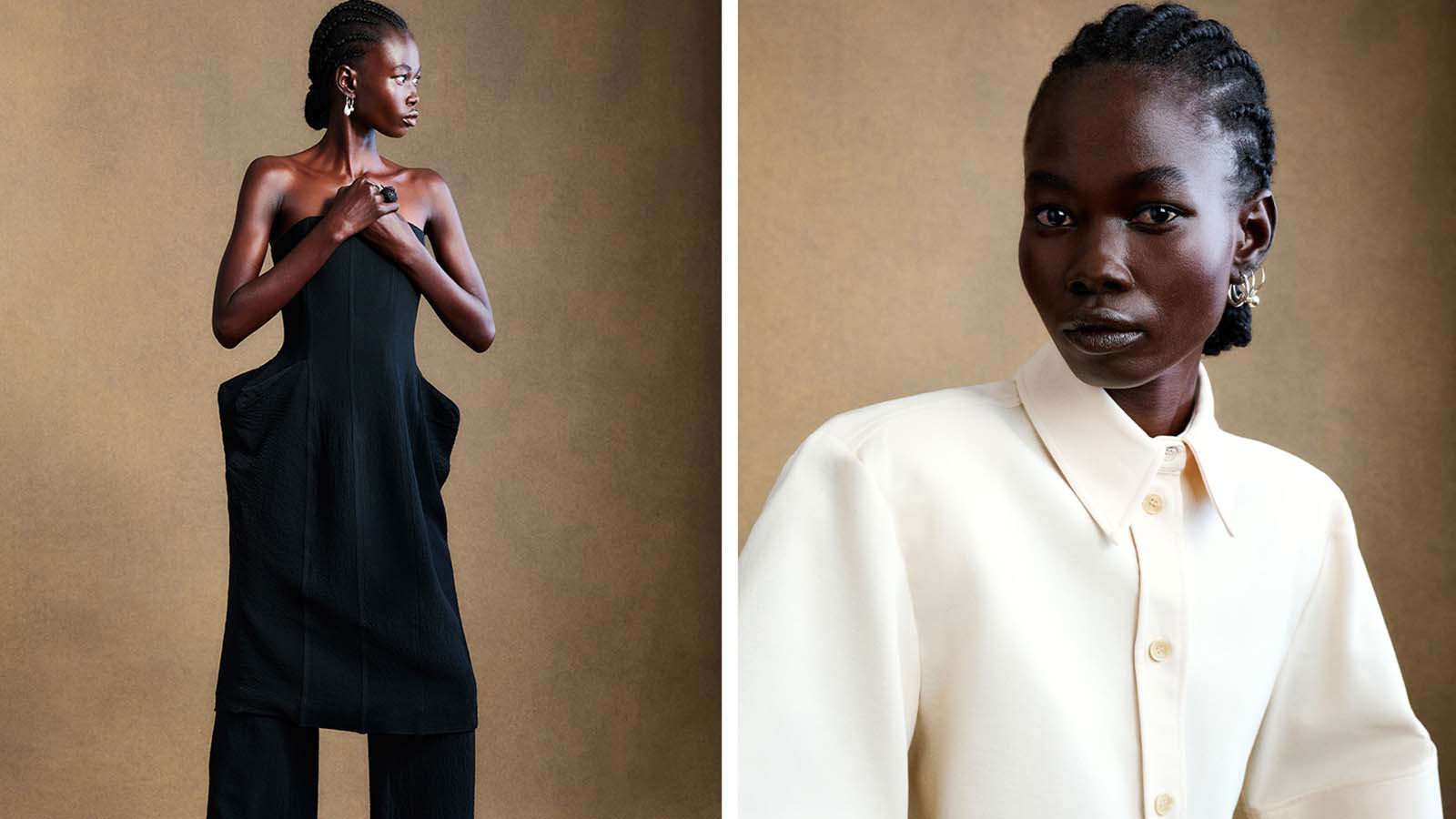 BITE Studios: ‘We want to have a brand which makes an impact’
BITE Studios: ‘We want to have a brand which makes an impact’BITE Studios is marrying sustainable textiles – from seaweed fabric to pea silk – with designs by a team including alumni of Proenza Schouler and Acne Studios